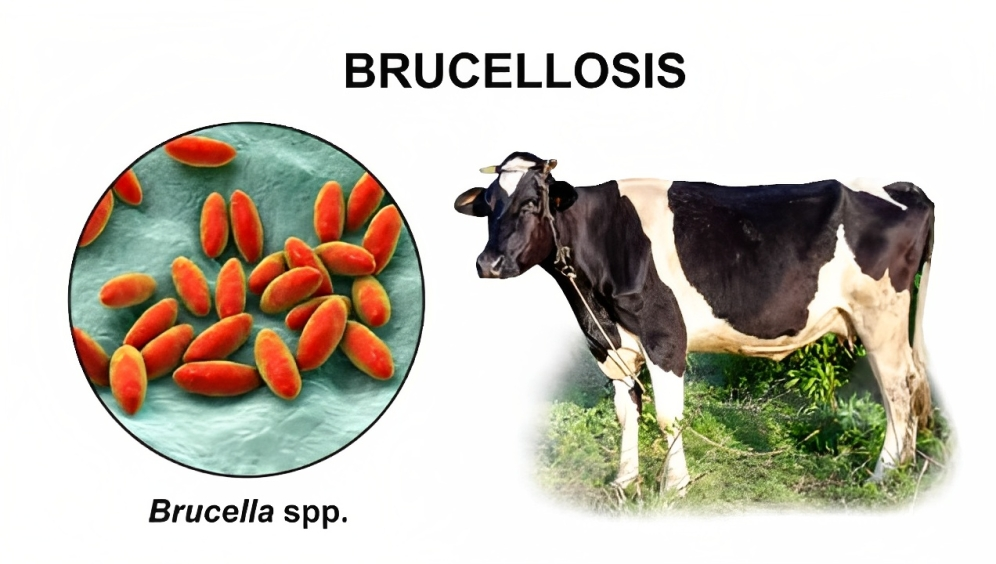



Ranikhet disease (Newcastle disease) is a highly contagious viral infection affecting poultry, causing respiratory, nervous, and digestive issues. It spreads rapidly, leading to high mortality and economic losses. While untreatable, vaccination prevents outbreaks. The recent Panchkula outbreak killed 1.5 lakh chickens in a week, highlighting its severe impact.

Copyright infringement not intended
Picture Courtesy: pashudhanpraharee
Highly contagious Ranikhet disease (NDV) hits Panchkula, Haryana.
Ranikhet disease, also known as Newcastle disease, is a highly contagious viral infection that primarily affects birds, especially poultry like chickens, turkeys, and ducks.
It is caused by the Newcastle disease virus (NDV), which attacks the respiratory, nervous, and digestive systems of birds.
The disease is a major concern for poultry farms because it spreads rapidly and has a high mortality rate, often reaching 100% in severe cases.
It is a minor zoonotic disease, meaning it can infect humans. While it causes only mild conjunctivitis in humans, its ability to spread between species makes it a significant public health concern.
In young birds, the disease often starts with respiratory symptoms, followed by rapid deaths within the flock. In older birds, the disease may cause a sudden drop in egg production and fertility issues.
For poultry farms, the risks are high. The disease can wipe out entire flocks within days, which can lead to massive economic losses. For example, in the recent outbreak in Panchkula, around 1.5 lakh chickens died in just one week.
Currently, there is no effective treatment for Ranikhet disease once birds are infected. However, vaccines are available to prevent the disease.
Must Read Articles:
Source:
|
PRACTICE QUESTION Q.In the question given below, there are two statements marked as Assertion (A) and Reason (R). Mark your answer as per the codes provided: Assertion (A): Ranikhet disease has a high mortality rate. Reason (R): The virus affects multiple organ systems. Which of the options given below is correct? A) Both A and R are true, and R is the correct explanation of A. B) Both A and R are true, but R is not the correct explanation of A. C) A is true, but R is false. D) A is false, but R is true. Answer: A Explanation: Ranikhet disease is highly fatal because it attacks multiple systems in the body, leading to respiratory distress, neurological damage, and digestive failure, often killing the bird. |


© 2025 iasgyan. All right reserved